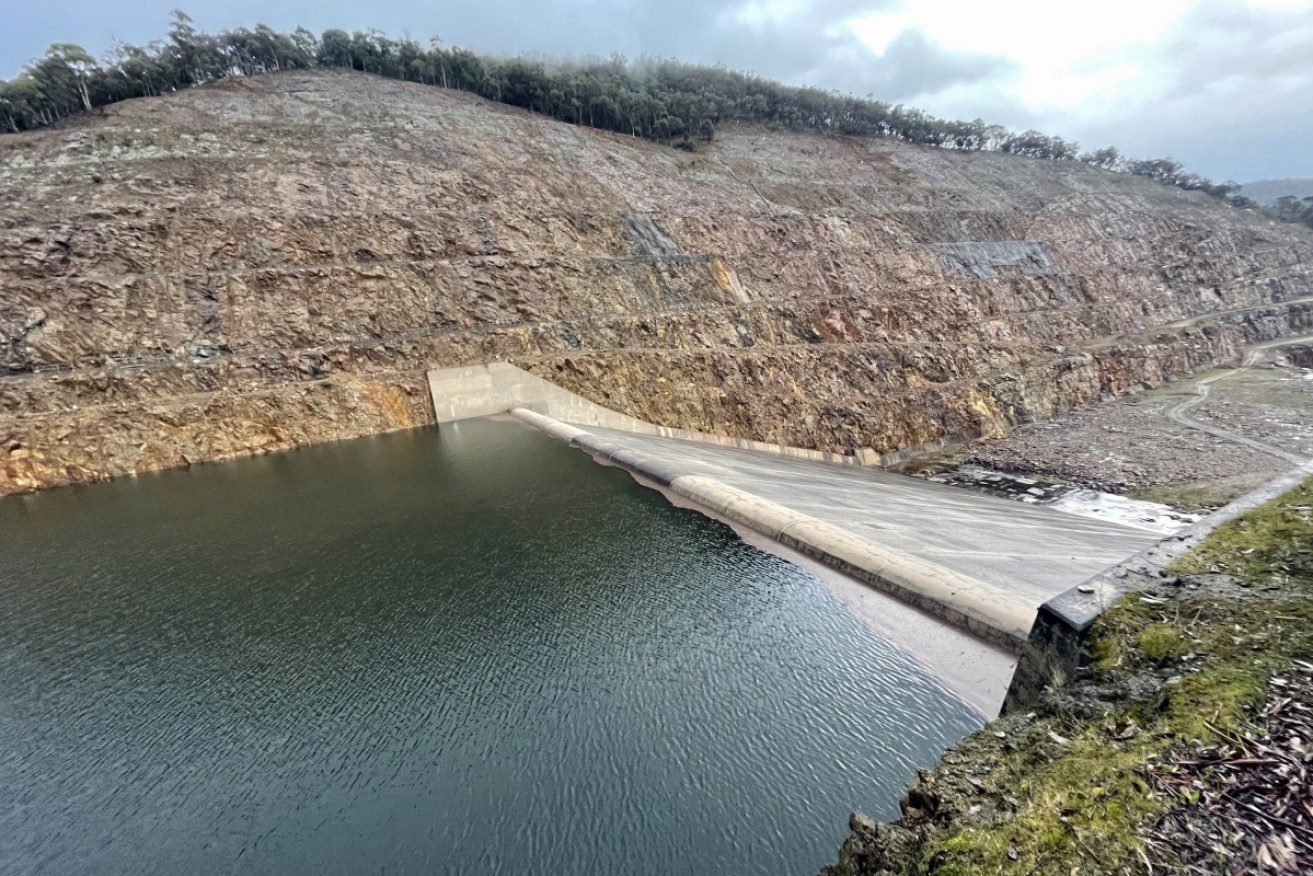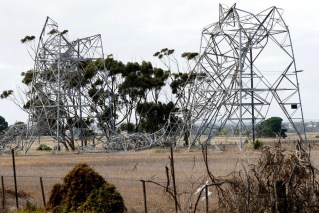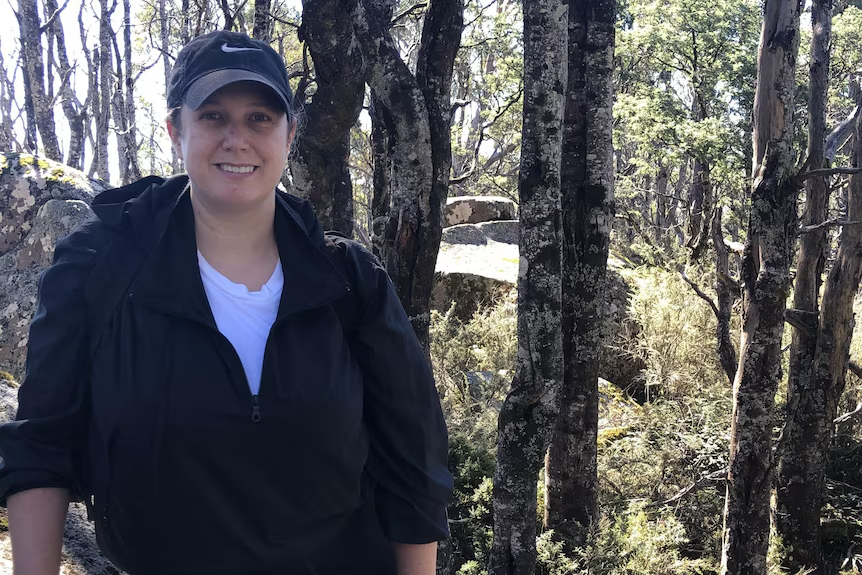Murray-Darling dams approach capacity

Victoria's Dartmouth Dam is at 98.8 capacity and could overflow for the first time since 1996. Photo: AAP
Forecast heavy rainfall could see a Victorian dam spilling for the first time in 26 years, potentially contributing to flooding downstream.
The Dartmouth Dam has overflowed four times since its completion in 1979, the last time being in 1996.
Murray-Darling Basin Authority operators are closely managing water outflows from Hume and Dartmouth dams above the Murray as rains push them towards capacity, Senior Director of River Operations Joseph Davis told AAP.
“We are actively managing both Hume and Dartmouth Dams and our river operators are working around the clock to assess new inflow and weather information and to manage releases accordingly,” Mr Davis said.
The MDBA began releasing water from Dartmouth Dam in early August to provide space for inflows and mitigate downstream flooding.
Dartmouth Dam is the highest capacity dam in Victoria, storing almost four million megalitres when full. It is currently at 98.8 per cent capacity.
MDBA’s releases from Dartmouth have ranged from roughly 4000 megalitres to 7000 megalitres per day.
Further downstream, the Hume Dam is holding 96 per cent of its more than three million megalitre capacity.
Mr Davis said a large rainfall event with significant runoff would pose a significant flood risk both up and downstream of the Hume Dam.
“There is an increased chance of flooding this season in the Murray River and right across the Murray-Darling Basin,” he said.
On Tuesday afternoon, there were minor flood warnings in place for the King, Ovens, Kiewa, Upper Yarra and Latrobe rivers.
“Those living along the rivers need to stay informed and know what to do in an emergency,” he said.
At a press conference on Tuesday, Bureau of Meteorology forecaster Diana Eadie said a return of a La Niña weather event was 70 per cent likely, meaning wetter than average conditions at least into spring.
“If we do see that La Niña develop, then there is that potential that we could see a continuation of those wetter conditions persisting into summer,” Ms Eadie said.
Victoria State Emergency Service Chief Officer Tim Wiebusch told reporters Victorian catchments were at historically significant saturation levels.
“Our water storages are primed, if we do get this above average rainfall … to see flooding to continue in various parts of our state,” he said.
“We’re asking all Victorians to now get flood ready. And what that means in the first instance is knowing your flood risk.”
– AAP








